It's a volcanic island measuring 44 miles long by 30 miles across. It has a shore that is 227 miles long. It's called the island of Oahu, and it's a beauty.
Oahu is home to about 75% of the entire population of Hawaii which is made up of many islands
. Honolulu is the capitol city and has the largest population in the state of Hawaii. It's the gateway to Hawaii and the U.S. of America. Honolulu is the most southern major U.S. city. It is also the westernmost major U.S. city. Honolulu gained historical significance as a result of the attack on Pearl Harbor in 1941.
Today I flew out of Maui to Oahu. I have enjoyed almost a week in Maui with my nephew, Shane. It is only a hundred or so miles between the two islands, but flying is the only transportation between the two. Boat ferries stopped operating several years ago, leaving the airlines as the only option to travel between the two islands.
Once in Honolulu. I took the local bus to the world-famous Waikiki. The trip on the bus lines took us past a U.S. Army Military Museum. I took note of the location so I could go back to it later.
Once I settled into the Seaside Hawaiian Hostel, I did my usual 'first day in a place walk about town to get my orientation'
.
My walk took me down the world-famous Waikiki beaches with the warm waters of the Pacific Ocean creating waves along it shores. There were swimmers, paddle-boarders, surfers, sail boats and para-sailing along with snorkeling and about any other water activity you could name going on. The waters were clear and so very blue.
There is more than just the welcoming beaches to Waikiki, though. I passed the first hotel built in Waikiki. It is the Moana Hotel, also known as the First Lady of Waikiki. It was built in the late 1800's and was the first large hotel in Waikiki. It is listed on the National Register of Historic Places in Hawaii.
Eventually I reached my destination, the U.S. Army Museum. The building was built between 1909 and 1911 when the British, French, Russians, Germans and Japanese all had ships in the Pacific and were showing interest in Hawaii.
As other nations were looking at Hawaii as an economic and military port of call in the Pacific for their merchant and naval ships, the U
.S. was expanding its defenses westward.
An interesting thing thing I discovered about this museum was that the building itself is the biggest artifact. Fort DeRussy was part of a series of fortifications whose mission was to defend Pearl Harbor and Honolulu Harbor from attacking battleships.
The museum is housed in the Battery Randolph. It's a massive reinforced concrete building with roofs as much as 12 feet thick, protecting soldiers inside the battery. On the ocean side of the battery, concrete was the equivalent of 30-feet thick. It was built in 1911 for two 14 inch guns that could fire as far as 14 miles. It was part of the coastal defense system that was to protect the Honolulu Harbor from invasion.
At the height of its day, the two 14 inch guns and two six inch guns were mounted on disappearing carriages. They were the largest guns in the entire Pacific from California to the Philippines
.
The museum curator said:
"The disappearing carriages allowed the guns to remain hidden from sight of approaching battleships by solid concrete walls called parapets, capable of withstanding a direct hit from a 2,000-pound artillery shell. "To get the gun into the firing position, the artillery crew tripped a lever attached to a 50-ton weight. As the weight fell, it lifted the gun tube into battery (the firing position), and the gun was then ready to fire again."
A crew of roughly 14 artillerymen would load a A,A3/4-ton shell in the breech, and then load 340 pounds of gun powder behind that.
After lobbing the 1,556-pound shells up to 14 miles out to sea, the recoil automatically pushed the gun carriage back down behind its concrete parapet, protecting the Soldiers and gun from low-angle naval fire. The gun was then reloaded.
With the end of World War II came the realization that the fort was no longer capable of meeting the needs of the U
.S. military in Hawaii. The giant guns were cut up and sold for scrap, having never fired a shot in anger or defense and the building became home to the Army Museum in 1976.
The museum exhibits display the military history of Hawaii, from the early Hawaiians to the present time. The first exhibit shows how the early weapons made from wood, shark's teeth, and stone were replaced with western firearms introduced by Captain Cook in the late 18th
century.
I walked into the ammunition room where there was a display of how the men prepared the projectiles for firing. There was a display of the shell loading system as well, which I found interesting.
Next there are exhibits showing the early Army aviation history in Hawaii; the Pearl Harbor attack; the aftermath of the Pearl Harbor attack on Hawaii's citizen's including martial law, citizen volunteers, and the treatment of Japanese Americans; the Korean War; and the Vietnam War.
After leaving the museum I wondered through the streets where I discovered the Waikiki Town Center. The many eating places and souvenir shops surrounded the stage where I was happy to find a Polynesian show being performed.
My first day in Waikiki was a busy one.
The Playground Called Waikiki
Tuesday, September 10, 2013
 Waikiki, Hawaii, United States
Waikiki, Hawaii, United States
Other Entries
-
76Torture in A School
Apr 02161 days prior Phnom Penh, Cambodiaphoto_camera113videocam 0comment 0
Phnom Penh, Cambodiaphoto_camera113videocam 0comment 0 -
77Killing Fields
Apr 03160 days prior Phnom Penh, Cambodiaphoto_camera57videocam 0comment 0
Phnom Penh, Cambodiaphoto_camera57videocam 0comment 0 -
78Lost in A Maze, In the Cambodian Mountains
Apr 06157 days prior Sen Monorom, Cambodiaphoto_camera101videocam 7comment 0
Sen Monorom, Cambodiaphoto_camera101videocam 7comment 0 -
79A Cambodian Birthday Party
Apr 13150 days prior Battambang, Cambodiaphoto_camera185videocam 2comment 0
Battambang, Cambodiaphoto_camera185videocam 2comment 0 -
80HAPPY NEW YEAR! "2557"
Apr 14149 days prior Banan, Cambodiaphoto_camera141videocam 12comment 0
Banan, Cambodiaphoto_camera141videocam 12comment 0 -
81It's A Lotus!
Apr 15148 days prior Quận 10, Vietnamphoto_camera107videocam 6comment 0
Quận 10, Vietnamphoto_camera107videocam 6comment 0 -
82Saigon - The Old and New
May 05128 days prior Ho Chi Minh City, Vietnamphoto_camera51videocam 6comment 0
Ho Chi Minh City, Vietnamphoto_camera51videocam 6comment 0 -
83Stuck On A Boat in the Mekong Delta
May 06127 days prior Ho Chi Minh City, Vietnamphoto_camera152videocam 11comment 0
Ho Chi Minh City, Vietnamphoto_camera152videocam 11comment 0 -
84The Dark Tunnel
May 08125 days prior Ho Chi Minh City, Vietnamphoto_camera85videocam 6comment 0
Ho Chi Minh City, Vietnamphoto_camera85videocam 6comment 0 -
85A Question Answered
May 09124 days prior Nha Trang, Vietnamphoto_camera142videocam 10comment 0
Nha Trang, Vietnamphoto_camera142videocam 10comment 0 -
86You Might Get A Call from Vietnam
May 12121 days prior Hoi An, Vietnamphoto_camera132videocam 0comment 4
Hoi An, Vietnamphoto_camera132videocam 0comment 4 -
87Just Call Me Captain From Now On
May 13120 days prior Hoi An, Vietnamphoto_camera170videocam 3comment 0
Hoi An, Vietnamphoto_camera170videocam 3comment 0 -
88Crossing the Border
Jun 0498 days prior Pattaya, Thailandphoto_camera139videocam 2comment 0
Pattaya, Thailandphoto_camera139videocam 2comment 0 -
89I Can't Find A Tuk Tuk
Jun 1488 days prior Jonesboro, United Statesphoto_camera7videocam 0comment 4
Jonesboro, United Statesphoto_camera7videocam 0comment 4 -
90Get Onboard!
Sep 037 days prior San Diego, United Statesphoto_camera6videocam 0comment 4
San Diego, United Statesphoto_camera6videocam 0comment 4 -
91As Beautiful As It Is Dangerous
Sep 055 days prior Kihei, United Statesphoto_camera114videocam 2comment 2
Kihei, United Statesphoto_camera114videocam 2comment 2 -
92A Walk In The Clouds
Sep 064 days prior Haleakala National Park, United Statesphoto_camera137videocam 2comment 3
Haleakala National Park, United Statesphoto_camera137videocam 2comment 3 -
93The Playground Called Waikiki
Sep 10 Waikiki, United Statesphoto_camera60videocam 3comment 0
Waikiki, United Statesphoto_camera60videocam 3comment 0 -
94Today I Found A Diamond
Sep 111 day later Waikiki, United Statesphoto_camera89videocam 1comment 0
Waikiki, United Statesphoto_camera89videocam 1comment 0 -
95"Don't Worry About It"
Sep 122 days later Honolulu, United Statesphoto_camera135videocam 0comment 0
Honolulu, United Statesphoto_camera135videocam 0comment 0 -
96It's Friday the 13th - Does That Matter?
Sep 133 days later Honolulu, United Statesphoto_camera55videocam 3comment 0
Honolulu, United Statesphoto_camera55videocam 3comment 0 -
97..........And The Skipper Too
Sep 144 days later Waikiki, United Statesphoto_camera73videocam 10comment 0
Waikiki, United Statesphoto_camera73videocam 10comment 0 -
98As The Sun Sets
Sep 177 days later Maui, United Statesphoto_camera101videocam 4comment 0
Maui, United Statesphoto_camera101videocam 4comment 0 -
99THE BED!
Sep 199 days later Tokyo, Japanphoto_camera10videocam 0comment 2
Tokyo, Japanphoto_camera10videocam 0comment 2 -
100First Day in Tokyo
Sep 199 days later Tokyo, Japanphoto_camera33videocam 1comment 3
Tokyo, Japanphoto_camera33videocam 1comment 3 -
101Iranians Like America
Sep 2010 days later Tokyo, Japanphoto_camera68videocam 2comment 2
Tokyo, Japanphoto_camera68videocam 2comment 2 -
102A Young Woman Passes Me A Note
Sep 2111 days later Nikko, Japanphoto_camera121videocam 0comment 2
Nikko, Japanphoto_camera121videocam 0comment 2 -
103I'm Being Followed . . . and I Feel Uncomfortable
Sep 2212 days later Nikko, Japanphoto_camera54videocam 2comment 3
Nikko, Japanphoto_camera54videocam 2comment 3 -
104Faster Than A Speeding Bullet (Japan)
Sep 2717 days later Kyoto, Japanphoto_camera34videocam 2comment 2
Kyoto, Japanphoto_camera34videocam 2comment 2 -
105The White Deer
Sep 2818 days later Nara, Japanphoto_camera67videocam 0comment 0
Nara, Japanphoto_camera67videocam 0comment 0 -
106The Thousands of Gates (Japan)
Sep 2919 days later Kyoto, Japanphoto_camera101videocam 1comment 0
Kyoto, Japanphoto_camera101videocam 1comment 0 -
107Burning Flesh -Part I (Japan)
Sep 3020 days later Hiroshima, Japanphoto_camera43videocam 1comment 0
Hiroshima, Japanphoto_camera43videocam 1comment 0 -
108Burning Flesh - Part 2 (Japan)
Oct 0121 days later Hiroshima, Japanphoto_camera40videocam 0comment 0
Hiroshima, Japanphoto_camera40videocam 0comment 0 -
109Bathing With Naked Men (Japan)
Oct 0222 days later Miyajima, Japanphoto_camera52videocam 0comment 2
Miyajima, Japanphoto_camera52videocam 0comment 2 -
110Don't Look Him In The Eyes (Japan)
Oct 0323 days later Arashiyama, Japanphoto_camera166videocam 5comment 0
Arashiyama, Japanphoto_camera166videocam 5comment 0 -
111The Land of the Rising Sun (Japan)
Oct 0424 days later Shanghai, Chinaphoto_camera50videocam 1comment 0
Shanghai, Chinaphoto_camera50videocam 1comment 0

 Waikiki, Hawaii, United States
Waikiki, Hawaii, United States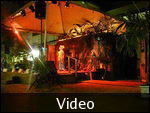
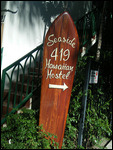
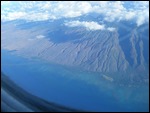
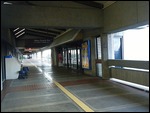
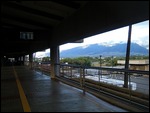






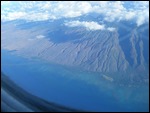

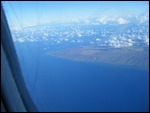


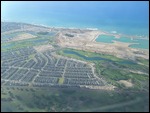
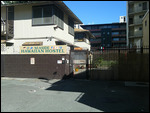
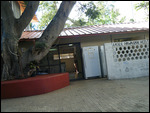
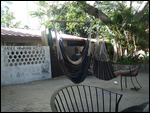
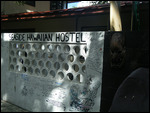
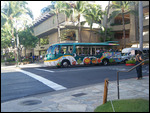
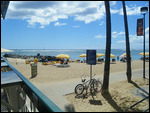
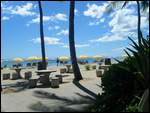
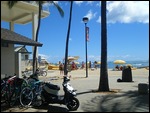
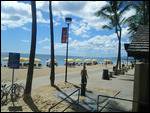
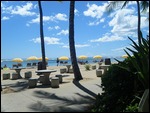
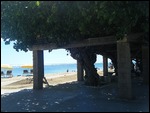

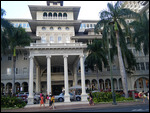
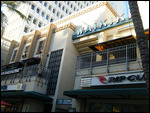
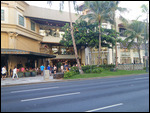
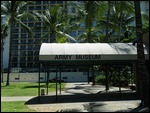
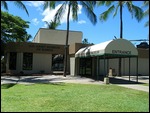
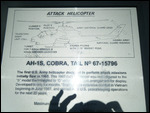
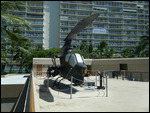
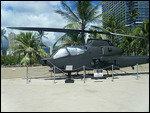
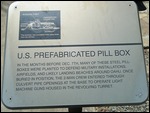
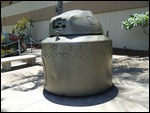
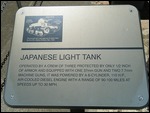
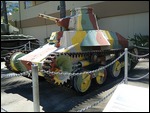
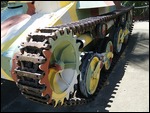
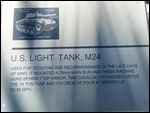
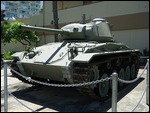
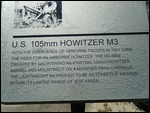
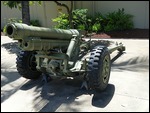
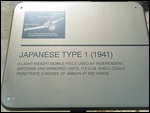
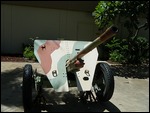

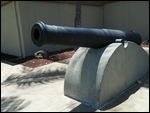
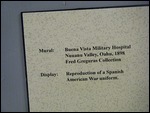
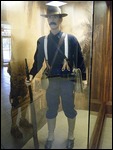
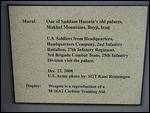

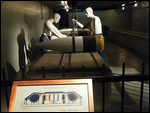
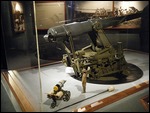
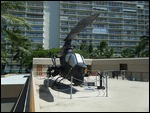
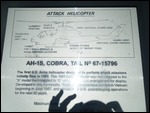

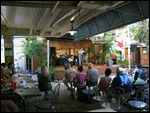
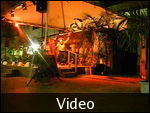
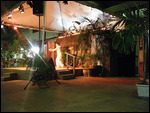
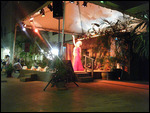

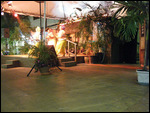
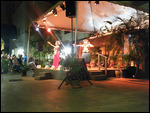
2025-05-22